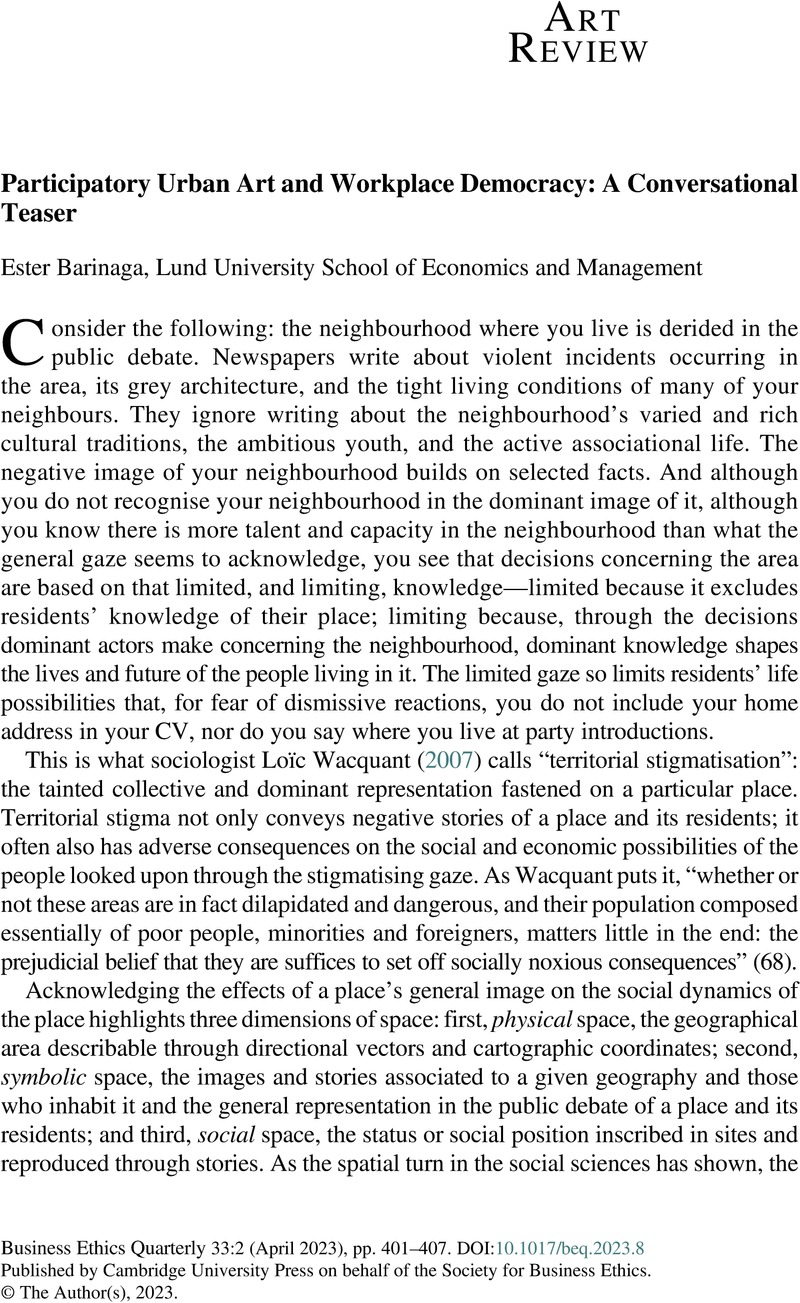Crossref Citations
This article has been cited by the following publications. This list is generated based on data provided by Crossref.
Barinaga, Ester
2023.
From Evaluation to Valorising: Three Moments in the Making of Social Impact Value.
Journal of Social Entrepreneurship,
p.
1.



